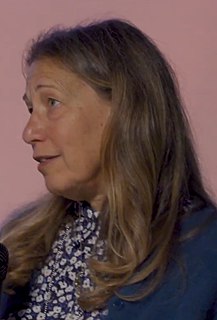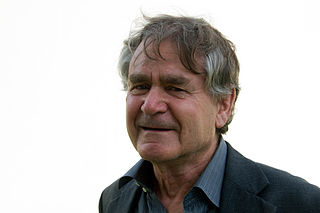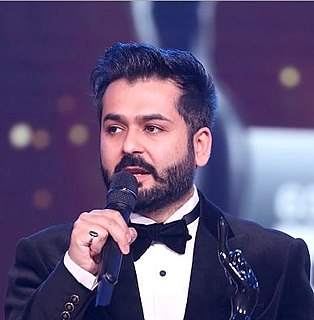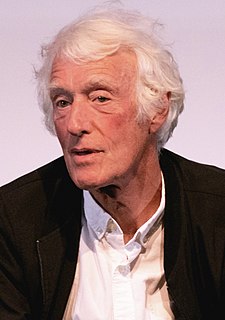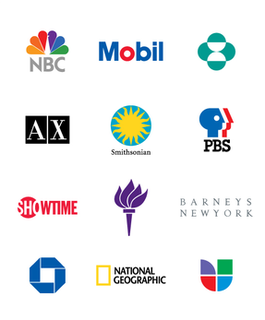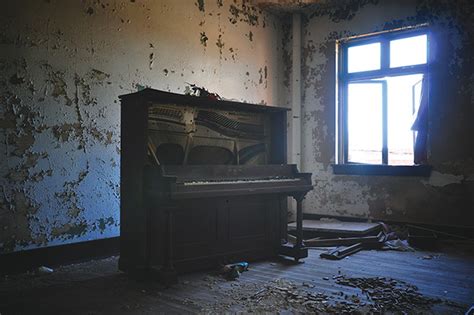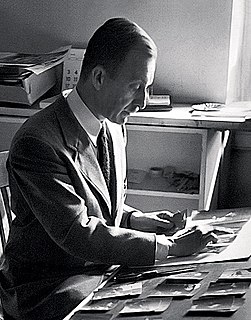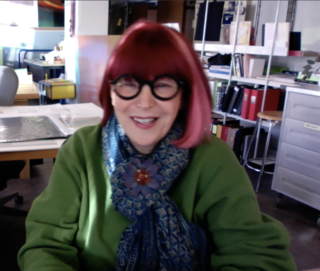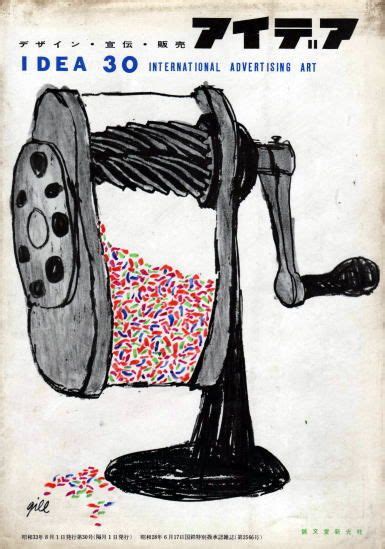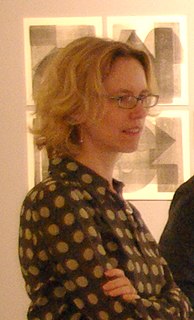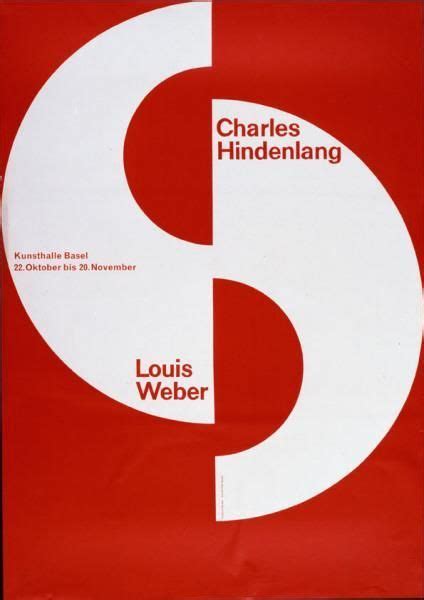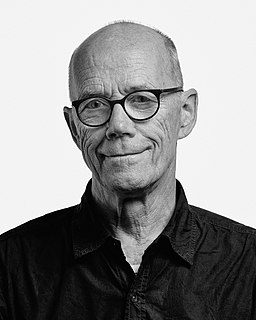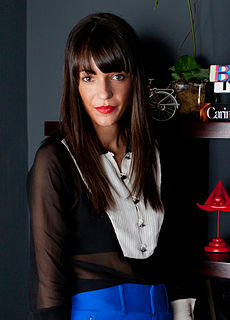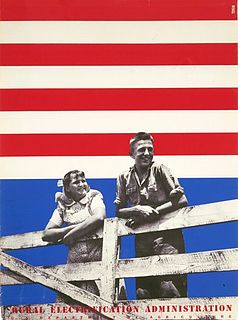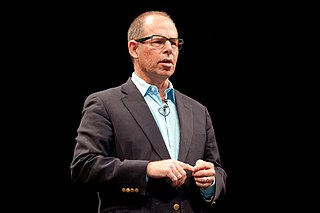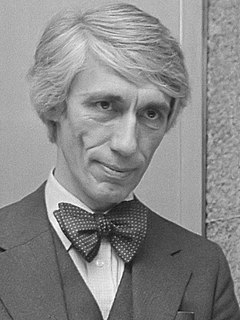A Quote by Susan Kare
I don't use work from the past as a literal guide; rather, those artifacts reinforce a view that simple images can communicate with wide audiences over time. Icon design is like solving a puzzle, trying to marry an image and idea that, ideally, will be easy for people to understand and remember.
Related Quotes
As you are working on ideas, you are in a bubble, working on your images. What's important to me in my work, I like this idea of communicating through a piece of art so works don't have to be exchanged. They're okay and they're helpful but most importantly that the image will convey something in my mind that I was trying to communicate and then you have that connection.
Some people say they use images to help them remember intricacies. Others say they just remember. If they are able to form an image of the face, it is because they remember how it was: it is not that an image guides memory, but that memory produces an image, or the sense of imaging. We have no agreed way to talk clearly about such things.
Whoever controls the image and information of the past determines what and how future generations will think; whoever controls the information and images of the present determines how those same people will view the past." "He who controls the past commands the future. He who commands the future conquers the past.
'Toybox' is that kind of game that will stretch your mental capacity by doing very simple things like solving an easy puzzle of shooting aliens. You'll just need to do everything at the same time to make it through alive. Just to make things tricky, the tasks change every week so you can't get used to any set.
There are usually three sections of people who like my work. There are those who like them aesthetically. They see beauty in the images. Second, there are those who like the horror aspect, which is by design, and I like that. Third, there are those who are moved by the historical or political nature of them. They want to talk about them.
